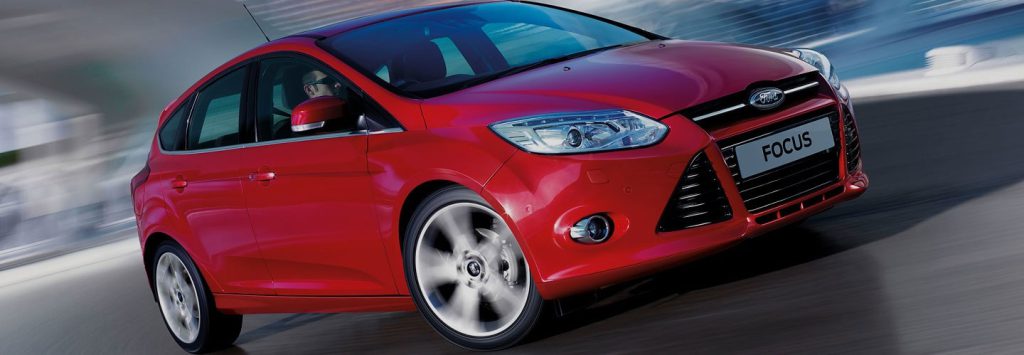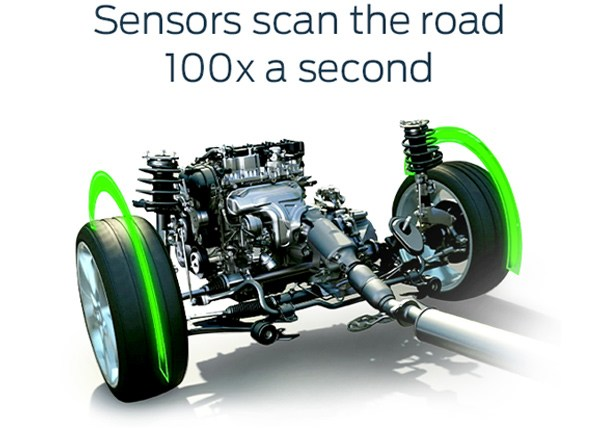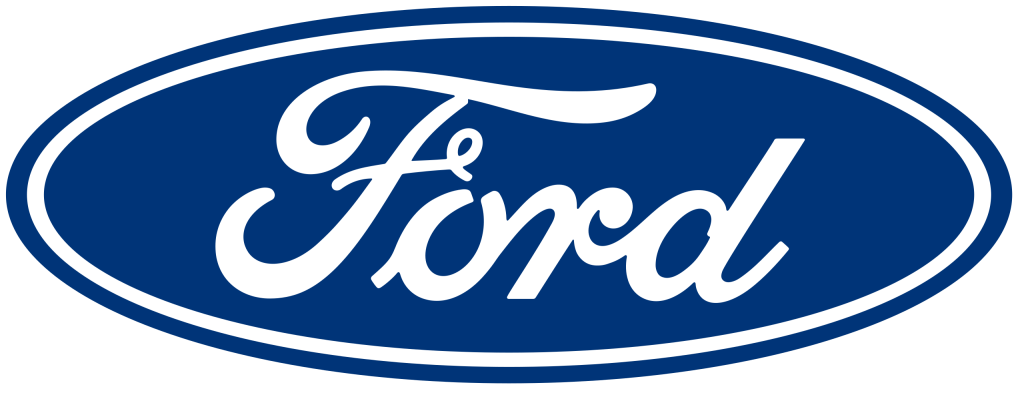- ယာဉ်များ
- ဝယ်ယူမှု
- စက်ပစ္စည်းဆိုင်ရာ
- ပိုင်ဆိုင်မှု
-
-
Quality Part & Collection
- Brake
- Battery
- Ford Genuine Parts
-
-
-
SYNC Support
- SYNC™ Support
- SYNC™ 2 Support
- SYNC™ 3 Support
-
ဆက်သွယ်ရန်
- Ford Call Center
-
- Ford Owners Club Myanmar
- Ford အကြောင်း
- အစမ်းမောင်းနှင်မှု
- အချက်အလက်စာစောင်
Explore Engineering
Explore Engineering
Menu
Close
TORQUE VECTORING CONTROL
Bends throw up the odd surprise for any driver, forcing you to make sudden corrections that compromise grip and control. Torque Vectoring Control balances braking and speed for improved handling. Even in less than perfect conditions.

Smart Cornering
- G-forces naturally transfer more traction to your outside wheels than your inside ones in a corner.
- Take a corner too fast and understeering may occur, especially in front-wheel-drives, causing your vehicle to slide to the outside edge of the turn, rather than going in the direction you want to go.
- Using the braking system to imitate the effect of a torque vectoring differential, Torque Vectoring Control steps in before wheel spin occurs.
- Light brake force is applied to the front inside wheel as soon as it begins to lose grip, sending more engine torque to the outside wheel that has more grip.


Control When You Need It
- This increases traction in the direction you want to travel and improves the steering ability of the inside tyre.
- The front end hugs every corner for improved traction and handling when accelerating through corners.
- Originally developed for sports vehicles to avoid the need for a limited slip differential and other costly components, it is now a standard feature on a number of Ford vehicles.
ထုတ်ပြန်ကြေညာချက်
[1] Feature may not be available on all models within vehicle range. Check vehicle specifications for details.

